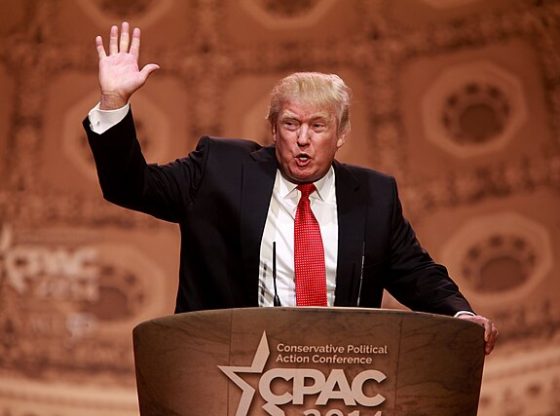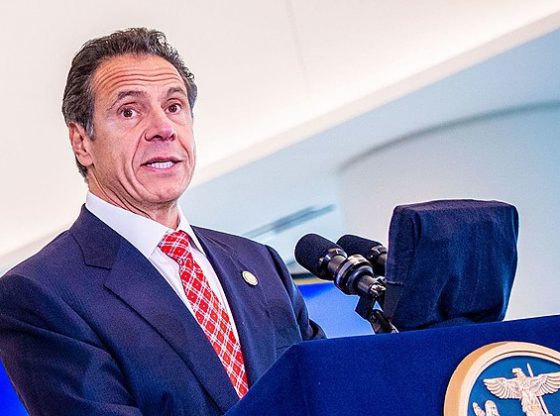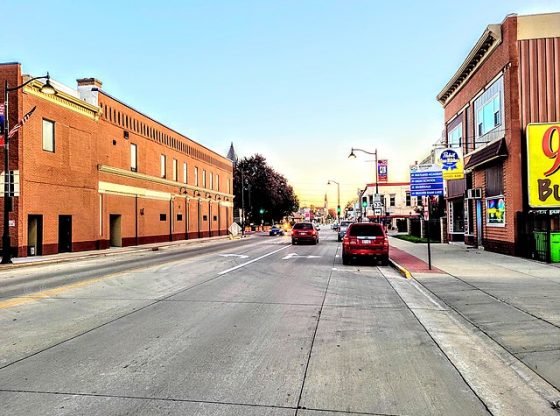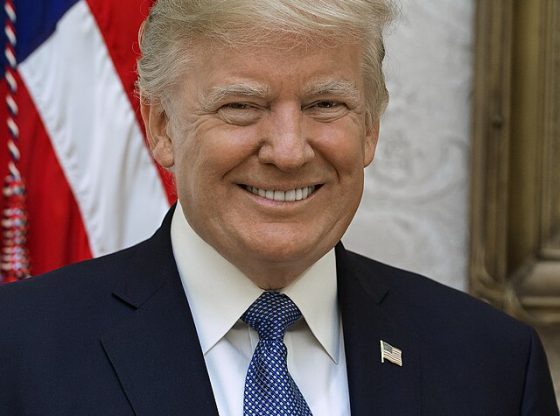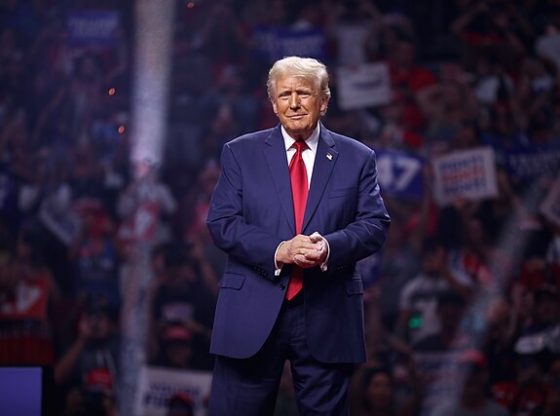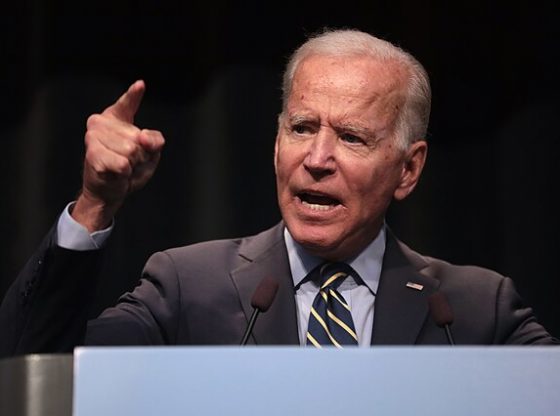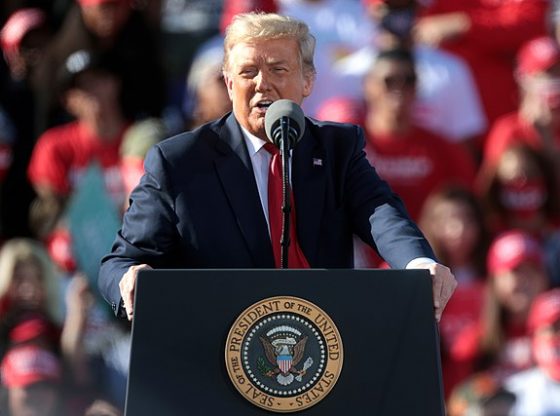President Joe Biden’s massive electric vehicle (EV) agenda will subsidize the lifestyles of America’s well-to-do while hitting average people the hardest, economists and auto market analysts told the Daily Caller News Foundation.
The Biden administration is aggressively regulating the U.S. auto market to drastically increase the proportion of EVs sold over the coming decade, but consumer demand has not taken off as quickly as proponents had projected despite the subsidies made available by Biden’s flagship climate bill, the Inflation Reduction Act (IRA). Manufacturers are slashing prices of their EVs to make the vehicles more appealing to consumers, which will increase prices for internal combustion engine (ICE) cars to compensate; this dynamic will only pick up speed and infect the used-car market favored by lower-income consumers as the administration’s stringent regulations kick in over time, economists and auto market analysts told the DCNF.
EVs benefit from direct subsidies, such as the IRA’s $7,500 consumer tax credit, but they also will increasingly benefit from a hidden cross-subsidy whereby manufacturers drop their prices and offset those losses by boosting prices of ICE vehicles, experts explained to the DCNF.
“As the mandated market share of EVs grows, the number of ICE vehicle sales must shrink. A decreasing number of ICE vehicle sales would have to prop up an increasing number of EV sales. The price hike per ICE vehicle would have to increase to offset losses on the ever-larger volume EVs sold,” Marlo Lewis, a senior fellow for the Competitive Enterprise Institute, told the DCNF. “Used cars compete with new cars for customers. If new car prices rise, so will used car prices. Even with generous federal, state, and manufacturer incentives, EVs cost thousands of dollars more than comparable ICE vehicles, and millions of middle-income households are already priced out of the market for new vehicles.”
The Biden administration’s Environmental Protection Agency (EPA) and the National Highway Traffic Safety Administration (NHTSA) have each promulgated major emissions or fuel economy regulations designed to effectively require massive increases in the number of EVs sold in the 2030s. Despite these regulations and massive federal spending intended to help advance EV production and demand, American manufacturers are losing billions of dollars on their EV product lines.
These losses are poised to kick off a chain of second-order consequences on the auto market that will disadvantage lower-income consumers whose needs are especially not well-suited by EVs, O.H. Skinner, the executive director of the Alliance for Consumers, told the DCNF. Democrats set aside billions of dollars to help build out a national EV charging network in the bipartisan infrastructure package of 2021, but those funds have so far only led to a handful of charging stations coming online across the country while “range anxiety” remains a very real concern for consumers.
“One of the most pernicious effects of the EV agenda is the skyrocketing cost of many traditional models. When D.C. and California elites fixate on wiping away the majority of the cars on the market, it distorts the market — the cars that people want are in shorter and shorter supply, leading to higher prices and requiring consumers to pay over list price to snag what is available, while the market is flooded with EVs that consumers aren’t interested in, even at steep discounts,” Skinner told the DCNF. “And this will roll forward into the used market as well, as the same shortages flow through for years, hurting those who most need affordable cars that meet their family needs.”
The general effect that Skinner describes projects that increased costs of new gas-powered cars — driven by manufacturers’ desire to offset losses on EVs and increase demand for a decreased number of available new gas-powered models — will boost demand for used cars as consumers turn to that market for better deals. In turn, that increase in demand will put upward price pressure on the used car market, making cheaper options less affordable to the detriment of demographics that do not have the means to splurge on pricier automobiles.
The used vehicle market is significantly larger than the market for new cars.
In 2022, approximately 38.6 million used vehicles were sold, compared to 13.6 million brand new vehicles, according to data aggregated by Statista. The regressive impacts of the administration’s EV agenda stand at odds with much of its rhetoric on its broader environmental agenda, which broadly seeks to promote climate policy and social justice at the same time.
“Even if it’s not explicitly stated, the only way that automakers can survive billions in losses from one division (EVs) is because of profits from the other division (conventional car),” Mark Mills, the director of the National Center for Energy Analytics, told the DCNF. The long-term and downstream impacts of this cross-subsidization are “profoundly regressive,” he added, alluding to the fact that the government and manufacturers are taking actions in ways that make luxury EVs less expensive while driving up the costs of models favored by the everyman.
EV adoption is lagging in the American heartland relative to coastal and more densely-populated states like California, which had more than four times as many EV registrations as of 2022 than the next state on the list, according to Department of Energy data.
The White House did not respond immediately to requests for comment.




